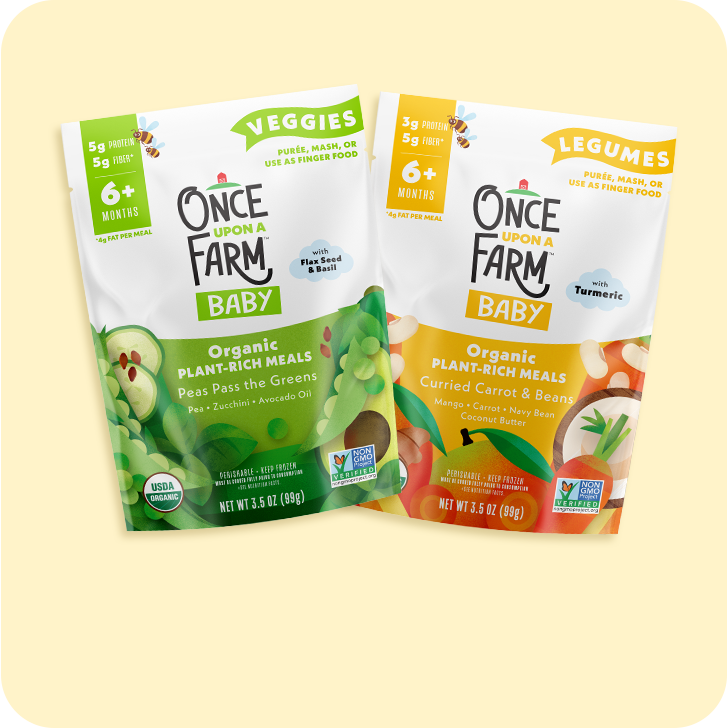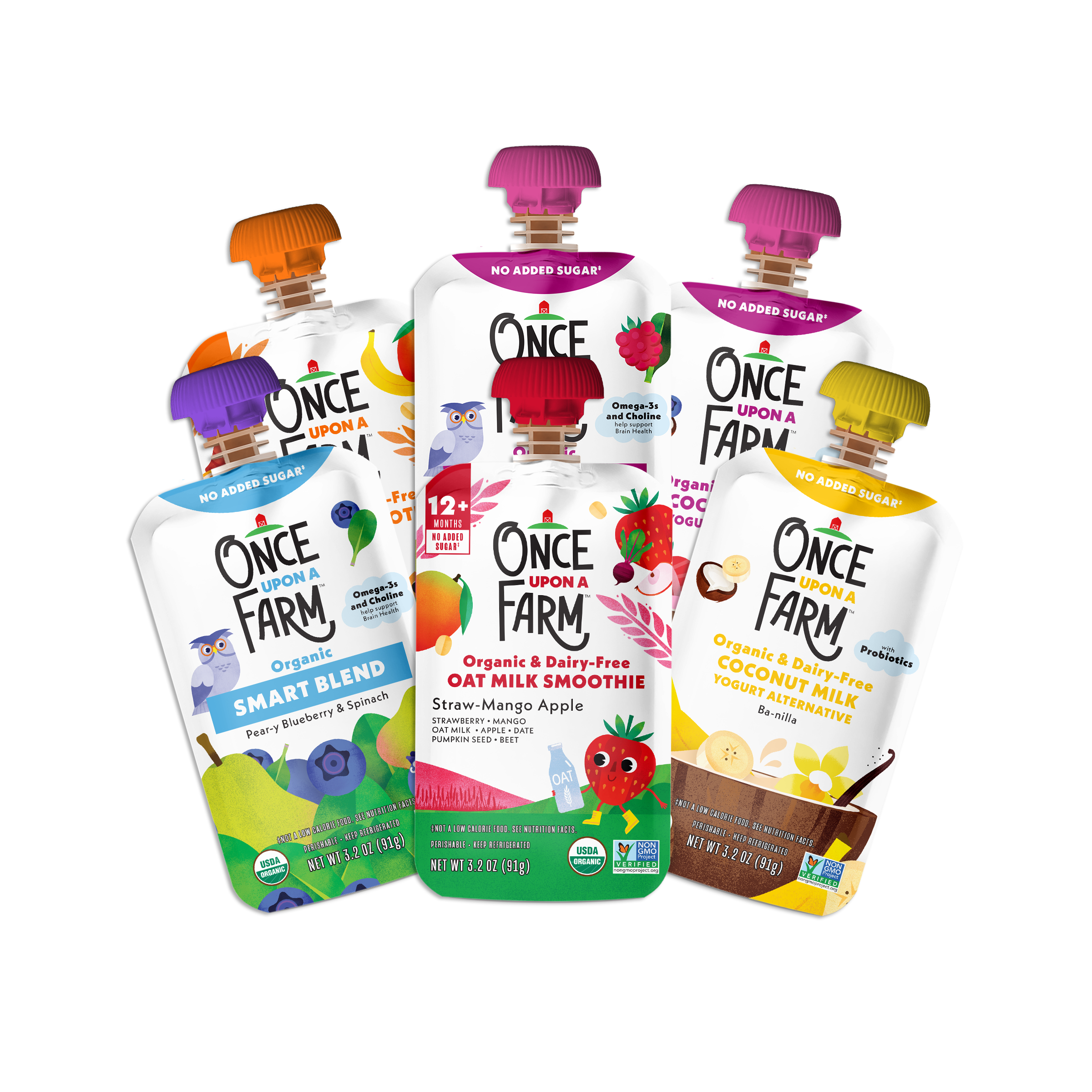Note: This blog is not medical advice and is for informational purposes only. For any specific feeding recommendations or questions regarding starting solids, please refer to your child’s pediatrician or healthcare provider.
Introducing your baby to solid foods is a major milestone for any parent. And this milestone comes with A LOT of questions. The first, of course, being: how do I know when to start?
Generally speaking, the American Academy of Pediatrics recommends starting solids around six months. Your baby should also be exhibiting behavioral and developmental cues that suggest a readiness for this new stage.
To help you sidestep the guessing game, we’ve created a checklist with key insights from registered dietitian and starting solids expert, Cinthia Scott (aka The Baby Dietitian), for you to reference before venturing into a world of new flavors and textures.
Four Signs to Look For:
1. Your baby is able to sit up without support.
“One of the main indicators of developmental readiness is being able to sit up well without support, which the majority of babies do by around six months,” Cinthia shared with us. If your baby is not able to sit upright in his or her high chair without slouching, that’s a clear sign you should wait on solids.
2. Your baby has good head and neck control.
Head and neck control go hand in hand with the first sign, signifying core strength and their ability to swallow without choking.
3. Your baby can bring their hands to their mouth.
This is a sign that your baby can self-feed and is important regardless of whether you choose a self-feeding or spoon-fed approach. Cinthia referenced an excerpt from Amy Brown’s Why Starting Solids Matters that suggests “when a baby is ready to feed themselves…they’re ready to start solid foods.”
4. Your baby shows an interest in food.
If you find your baby looking at your plate or reaching out for food, that’s a good indication of their readiness for solids. This can also look like your baby putting their toys or fingers in their mouth.
Now What?
If your little one meets all of these developmental milestones, they might be ready for solids. Note: If your child isn’t quite ready yet, don’t worry; they’re getting all the nutrition they need from breastmilk/formula, and you can work in solids when the time is right.
As always, check with your pediatrician if you have any specific questions or concerns, but when the time comes, we’re here! Help expand their palate and foster their fine-motor skills with Once Upon a Farm baby food. Choose from our simple purées (one-, two-, or three-ingredients), more complex blends, or ready-to-cook finger foods. Learn more about each type here.





















